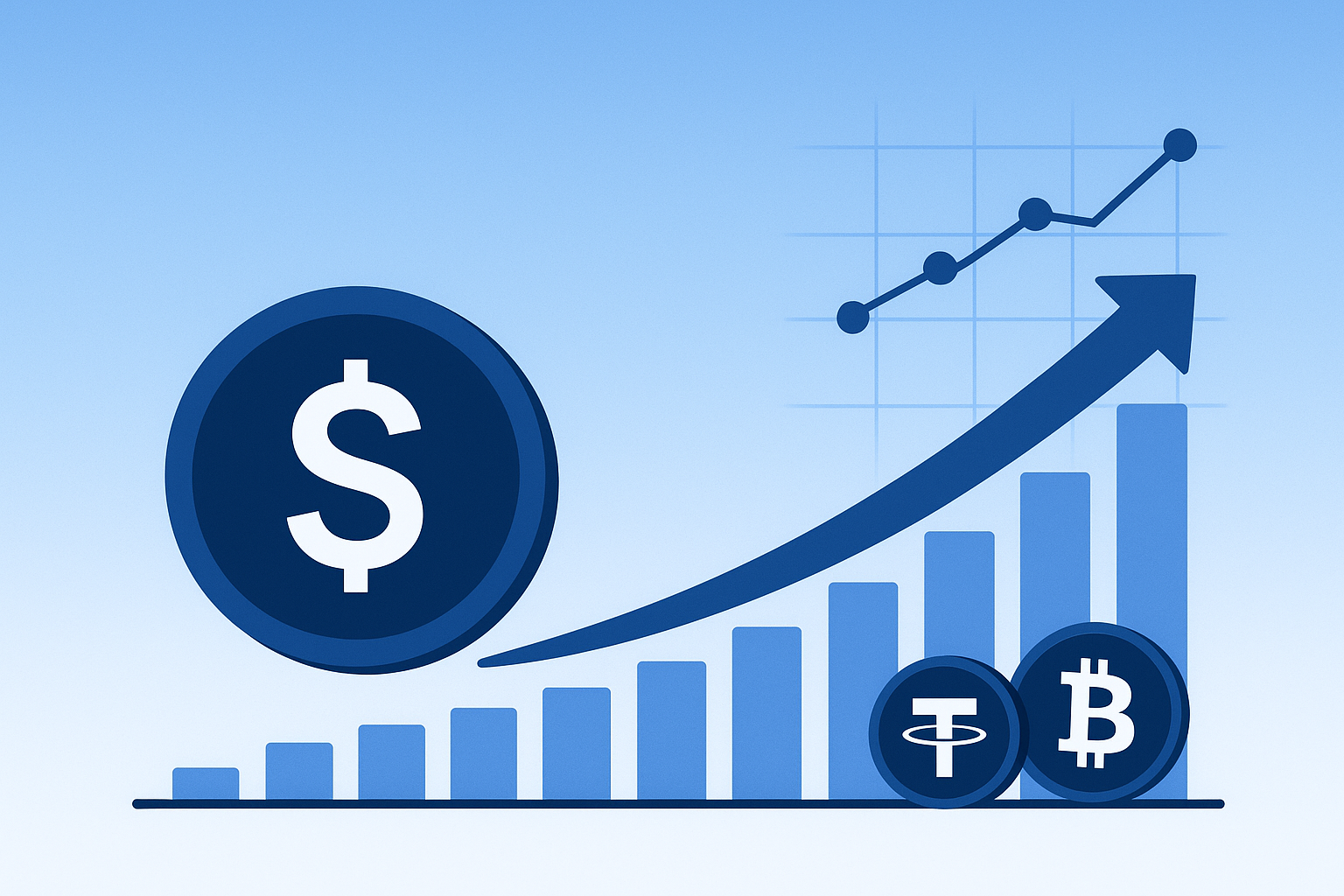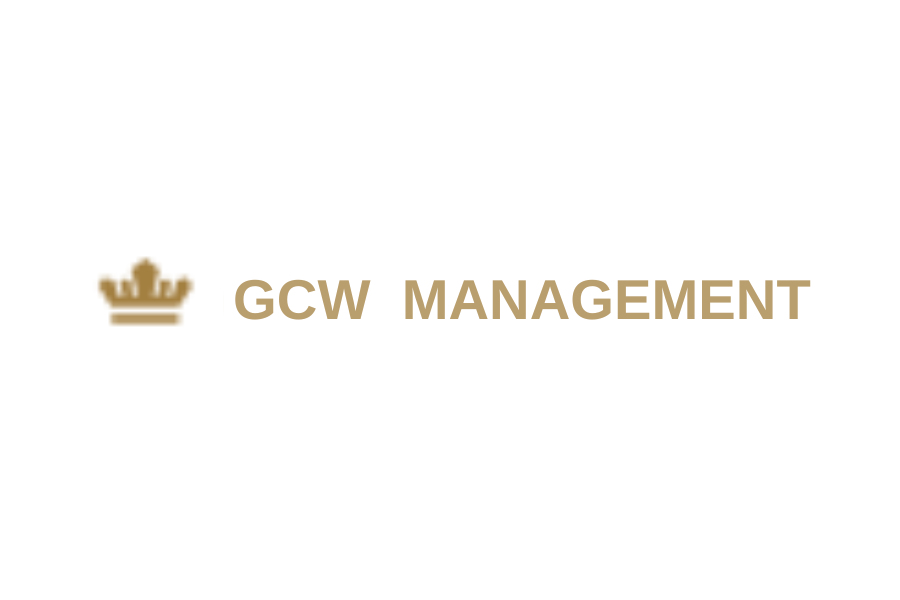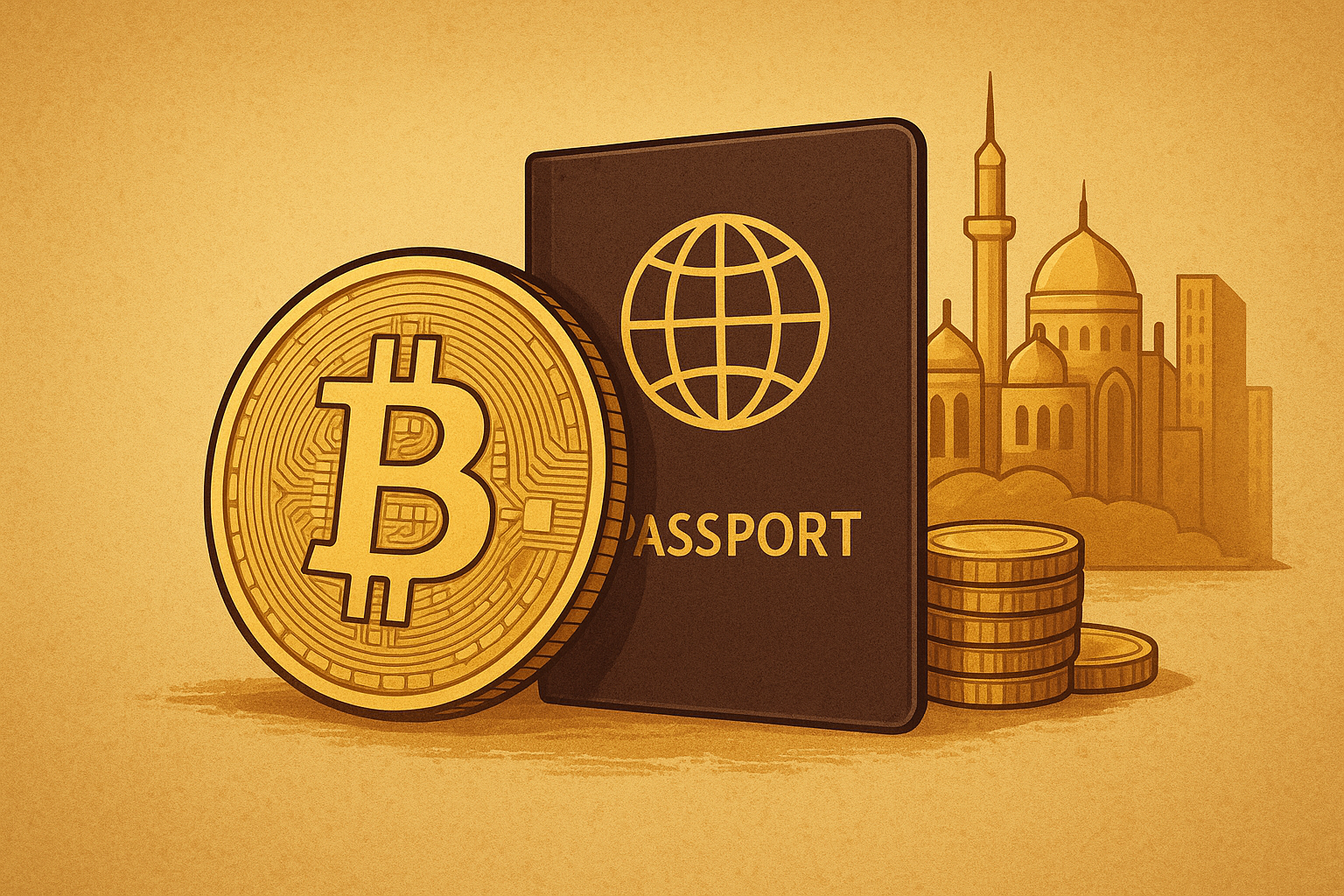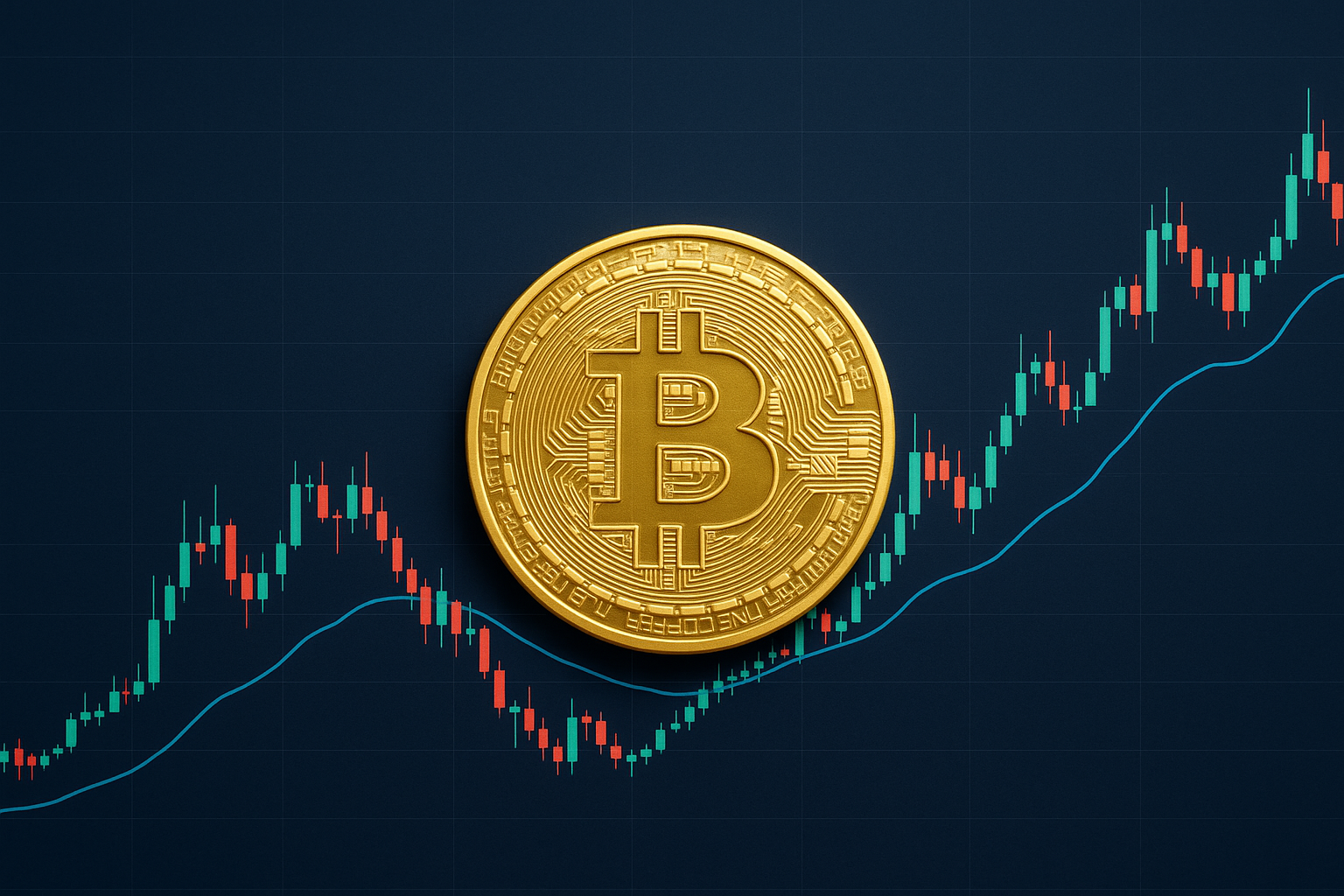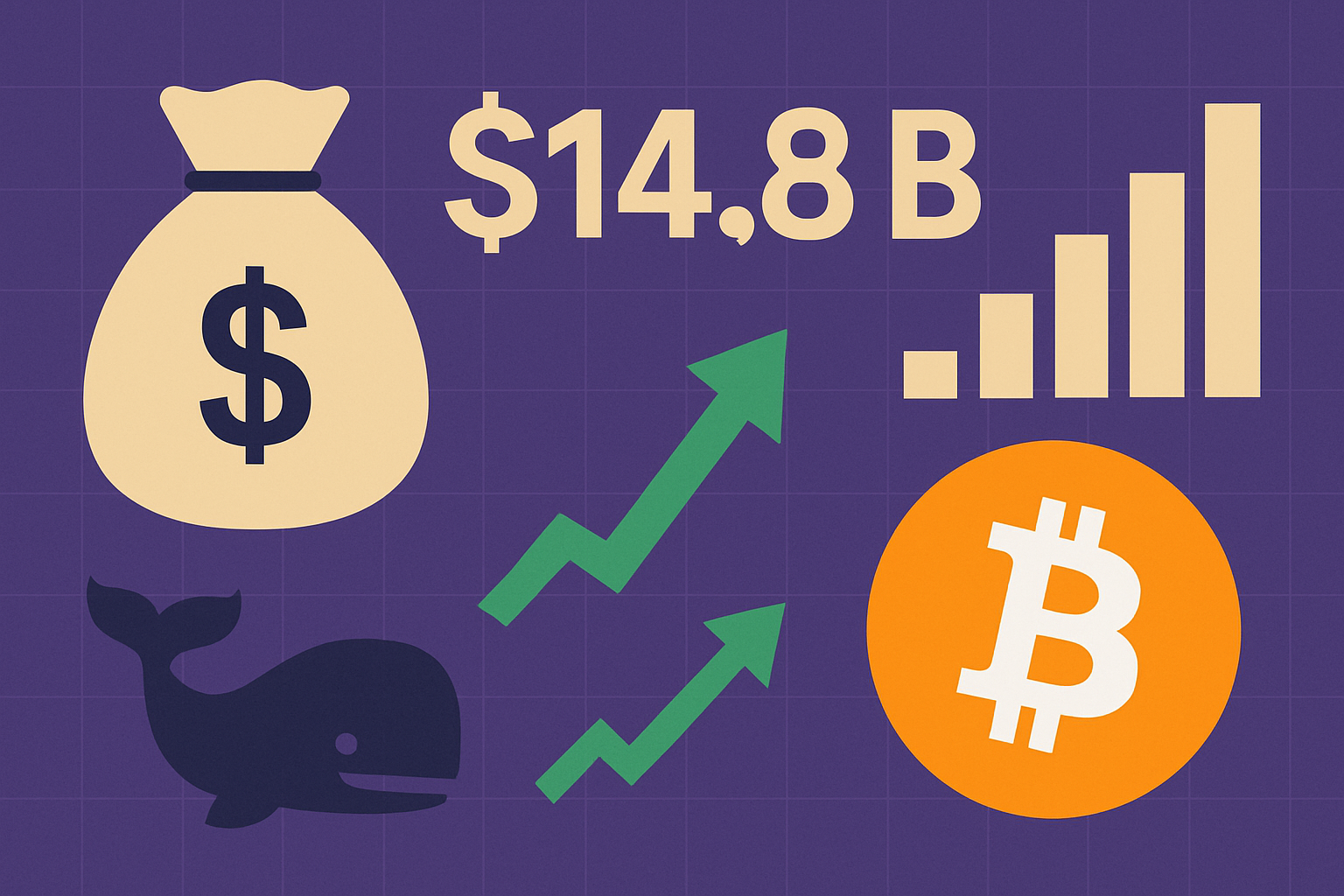Introduction
August 2025 marked a pivotal moment in the evolution of the cryptocurrency market as stablecoin trading volume soared to unprecedented levels. Stablecoins, digital assets pegged to the value of traditional currencies such as the US dollar or euro, have long been a cornerstone of the digital asset economy. Their stability, liquidity, and seamless integration into the crypto ecosystem have made them indispensable for traders and investors alike. This latest surge, driven primarily by institutional investors, underscores the growing role of stablecoins as both a risk management tool and a critical infrastructure component in global finance.
The record-breaking figures reveal more than just heightened trading activity. They reflect broader market dynamics, including investor sentiment, macroeconomic uncertainty, and evolving regulatory frameworks. This development raises important questions about the future of stablecoins, their impact on the wider crypto ecosystem, and the challenges they may face as they become increasingly intertwined with traditional finance.
Understanding Stablecoins And Their Growing Importance
Stablecoins have emerged as one of the most practical innovations in the cryptocurrency space. Unlike highly volatile assets such as Bitcoin or Ethereum, stablecoins maintain a relatively fixed value by pegging themselves to fiat currencies or commodities. Popular examples include Tether (USDT), USD Coin (USDC), and Binance USD (BUSD). Their stability makes them an attractive choice for investors seeking to preserve value, facilitate cross-border payments, or move funds quickly between exchanges without exposure to volatility.
Over the years, the use of stablecoins has expanded beyond retail investors. Institutional players have increasingly adopted these assets for purposes ranging from settlement and arbitrage to treasury management and yield generation through decentralized finance (DeFi) protocols. This growing adoption has transformed stablecoins from niche trading instruments into a vital component of the financial infrastructure supporting both crypto-native and traditional markets.
August’s Record-Breaking Surge
The latest data reveals that stablecoin trading volumes in August 2025 surpassed all previous records. According to market analytics firms, combined daily volumes across major stablecoins peaked at levels never seen before, with total monthly transactions exceeding trillions of dollars in nominal value.
Several factors contributed to this surge. First, heightened market uncertainty in both the crypto and traditional asset classes prompted investors to move capital into stablecoins as a temporary safe haven. Second, recent regulatory clarity in key jurisdictions boosted confidence in stablecoin issuers and their reserve transparency, encouraging larger allocations from institutional portfolios. Third, advances in blockchain scalability and settlement speed have made stablecoins even more efficient for high-frequency trading and global payment processing.
Institutional Investors Lead The Charge
While retail activity continues to be a significant driver of stablecoin usage, the latest surge was primarily fueled by institutional investors. Hedge funds, proprietary trading firms, and even certain corporate treasuries increased their exposure to stablecoins as part of broader risk management strategies.
Institutions value the liquidity and stability of these assets, particularly during periods of market stress. For instance, when equity and bond markets experience turbulence, stablecoins provide a rapid, cost-effective way to park capital without the friction of converting into fiat currencies. This agility allows institutional players to re-enter riskier positions at opportune moments, improving portfolio flexibility.
Additionally, the growth of crypto derivatives markets has further incentivized institutional stablecoin usage. Many derivatives platforms require collateral in stablecoins, making them an essential tool for leveraged strategies. The combination of liquidity, speed, and operational efficiency has firmly established stablecoins as the preferred base currency for professional crypto traders.
The Role Of DeFi In Boosting Volumes
Decentralized finance continues to be a major catalyst for stablecoin adoption. DeFi platforms offer lending, borrowing, and yield farming opportunities that often require or reward participation in stablecoins. These protocols provide attractive yields compared to traditional money markets, drawing capital from both retail and institutional sources.
In August 2025, several high-profile DeFi platforms launched new incentive programs, further increasing stablecoin inflows. Staking pools, liquidity mining initiatives, and decentralized exchanges (DEXs) all reported higher activity levels, with stablecoins serving as the primary medium of exchange and collateral. This integration between stablecoins and DeFi not only boosts trading volumes but also reinforces their role as the backbone of the decentralized economy.
Regulatory Developments And Market Confidence
One of the most significant contributors to the recent surge in stablecoin volumes has been regulatory clarity. In August, financial authorities in regions such as Singapore, the European Union, and parts of Asia unveiled comprehensive frameworks for stablecoin issuance and reserve management. These policies require full transparency regarding reserve assets, regular audits, and strict compliance with anti-money laundering (AML) and counter-terrorism financing (CTF) measures.
For institutional investors, such regulatory developments provide the assurance that stablecoins are backed by verifiable assets and issued by compliant entities. This trust is essential for attracting large-scale capital flows, especially from traditional financial institutions that operate under strict compliance mandates.
Stablecoins As A Hedge Against Volatility
The appeal of stablecoins lies in their ability to provide a safe harbor during turbulent market conditions. August’s surge in trading volumes coincided with increased volatility across both crypto and traditional asset classes. Concerns over inflation data, interest rate decisions, and geopolitical tensions led many investors to reduce exposure to high-risk assets.
By converting holdings into stablecoins, traders can sidestep short-term price swings while maintaining quick re-entry options. This flexibility is particularly valuable for algorithmic and high-frequency trading strategies, which depend on rapid capital redeployment to capture fleeting market opportunities.
Technological Advancements Driving Adoption
Blockchain technology has evolved significantly in recent years, enhancing the efficiency and scalability of stablecoin transactions. Layer-2 solutions, cross-chain interoperability protocols, and improved settlement systems have made transferring stablecoins faster and cheaper than ever.
These advancements are particularly attractive for institutional settlement operations, where delays and high fees can erode profitability. In August, several major payment processors and fintech companies announced integrations that allow stablecoin settlements across multiple blockchain networks. Such innovations expand the potential use cases of stablecoins beyond crypto trading, opening doors to remittances, e-commerce, and global payroll solutions.
Potential Risks And Challenges
Despite the remarkable growth, stablecoins face several challenges that could affect their future trajectory. Regulatory scrutiny remains a double-edged sword — while clarity can boost confidence, overly restrictive measures could stifle innovation. Concerns about centralization, reserve adequacy, and systemic risk persist, particularly in cases where a single issuer dominates the market.
Moreover, the increasing interconnection between stablecoins and traditional finance raises questions about contagion risk. A loss of confidence in a major stablecoin could trigger liquidity shocks not only within crypto markets but also in adjacent financial systems. As volumes continue to grow, ensuring the resilience and transparency of stablecoin infrastructures becomes paramount.
The Future Of Stablecoins In The Global Economy
The record-breaking volumes observed in August 2025 suggest that stablecoins are cementing their place in the global financial landscape. Their utility extends far beyond speculative trading, encompassing cross-border payments, remittances, decentralized finance, and institutional settlement systems.
Looking ahead, the continued integration of stablecoins into mainstream financial services seems inevitable. Partnerships between stablecoin issuers and banks, payment processors, and fintech companies will likely accelerate adoption. At the same time, advancements in central bank digital currencies (CBDCs) may reshape the competitive landscape, offering new opportunities and challenges for stablecoin providers.
If current trends persist, stablecoins could emerge as the primary bridge between traditional finance and decentralized networks, enabling a more seamless flow of value across borders and asset classes.
Conclusion
The surge in stablecoin volumes during August 2025 reflects more than just heightened trading activity — it signals a structural shift in how capital moves within and across financial ecosystems. Driven by institutional adoption, regulatory clarity, and technological innovation, stablecoins are evolving from niche instruments into indispensable components of the modern economy.
As the market matures, the challenge will be to balance growth with stability, innovation with regulation, and decentralization with trust. If these challenges are met, stablecoins could play a defining role in the next chapter of global finance.



